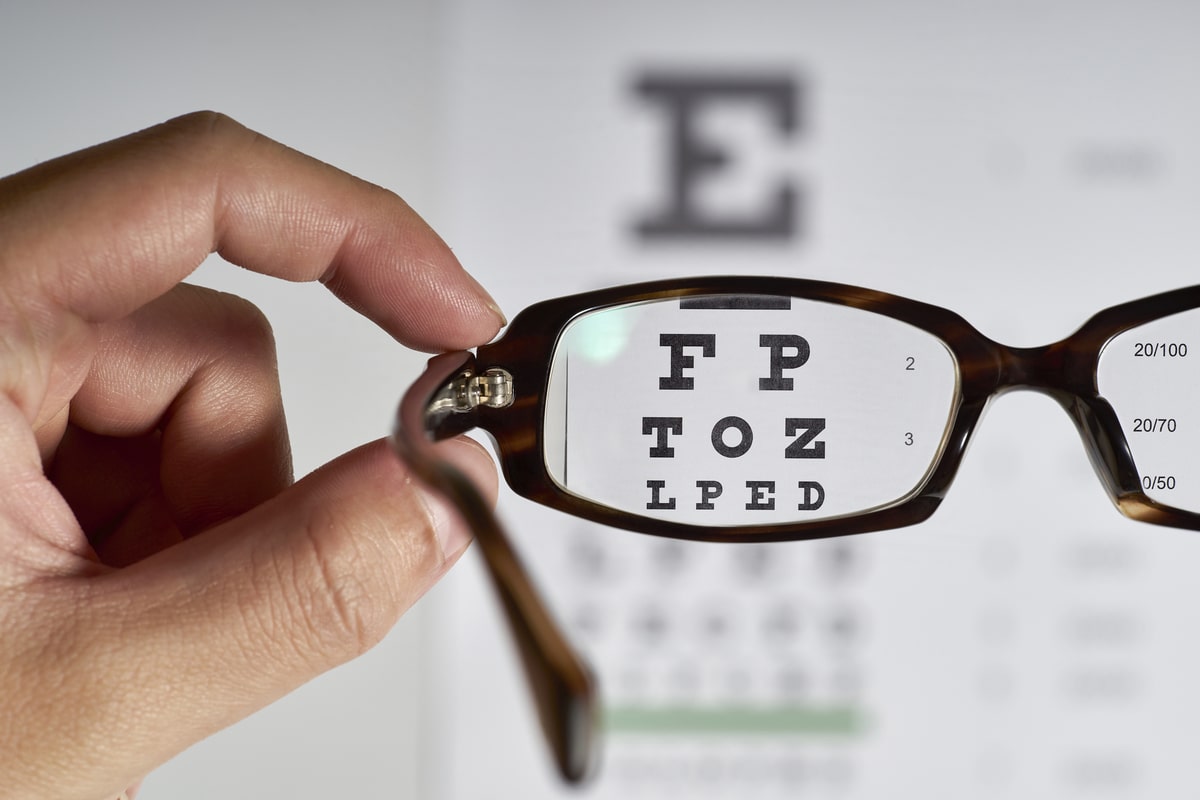
Do you have glasses and dream of having perfect vision? You’re not alone. About 14 million Americans are visually impaired.
When you’re looking to have perfect vision, then you might wonder what options you have. This article will take a look at RLE, what it is, and how it’s beneficial. Read on to learn more about this procedure to see how RLE could give you the perfect vision you’ve always dreamed of having!
What Is RLE Surgery?
Did you know that a computer damaging your eyes is a myth? The damage is due to staring at the computer for too long and drying out your eyes.
Eye dryness can lead to fatigue and eyestrain. It’s best to take frequent breaks instead of staring at your computer nonstop.
RLE stands for refractive lens exchange. It’s an alternative to LASIK since it replaces and removes your eye’s natural lens with a man-made intraocular lens. RLE is a similar procedure to cataract surgery.
Refractive lens exchange can eliminate or reduce farsightedness and nearsightedness. It’s an option for you if you have a higher prescription, and aren’t a candidate for LASIK.
How Long Does the Procedure Take?
You can have both eyes performed on the same day, and it takes about 15-20 minutes per eye. If you’re not able to receive treatment on both eyes in one day, you’ll receive treatment on the worst eye first.
Will I Need Cataract Surgery Later in Life?
The benefit of refractive lens exchange is that you won’t have to worry about cataract surgery later in life. This is because RLE is a permanent procedure.
How Does Cataract Surgery Differ From RLE?
They’re both essentially the same. The only difference is that you choose to have RLE because you have worse vision or aren’t a candidate for LASIK.
Refractive Lens Exchange Risks
Potential side effects are small. You might experience blurring shortly after the surgery for a few days. You might also experience light sensitivity for a few weeks.
Rings or halos around lights might occur when you drive at night. This might make it more difficult to work in low lighting, or drive in the evening hours. Speak with your doctor about potential complications and your chance of them happening.
Some complications might include:
- Glaucoma
- Bleeding inside the eye
- Infection
- Posterior capsular occlusion
- Dislocation of the IOL
RLE Lenses
The 2 types of lenses are multifocal and monofocal lenses. Multifocal give you a higher chance of seeing far and reading well. Trifocal lenses fall under the multifocal lens category.
Monofocal lenses give you either good near-vision or distant vision, but not both. Some surgeons might place a near lens in one eye, and a distant lens in the other.
This is known as mono-vision or blending. It’s the correct solution for some, but not all patients.
RLE candidates include:
- Healthy eyes
- You’re at least 21
- Stable vision
RLE vs LASIK
LASIK is one of the most common elective procedures. This is where a laser is used to reshape the cornea to correct refractive errors. It eliminates or reduces the need for contact lenses or glasses.
It’s best to speak with a doctor about your options to pick out the right choice for you. RLE is great for the correction of early cataracts, moderate-severe hyperopia, and presbyopia.
Whereas, LASIK is great for astigmatism, mild-moderate myopia, and hyperopia. The recovery time for both is similar at about 2-7 days. Allow 6-12 weeks for a complete adjustment from RLE.
Does It Cure Astigmatism?
Astigmatism is from an irregularly shaped cornea and isn’t affected when you replace the lens. If you have cataracts and are looking to treat astigmatism, speak with your doctor about PRK or LASIK to see if you’re a candidate for either. It might be an option about a month after refractive lens exchange surgery.
Is It Painful?
Patients report feeling virtually no discomfort during RLE surgery. A topical or local anesthesia is used to numb the eye. You’re also given a sedative to help you relax.
You might experience irritation for the first day. You can use over-the-counter medications such as ibuprofen or Tylenol for the first day or 2.
Whether or Not You’ll Need Glasses Afterward
Whether you’ll need contacts or glasses after the procedure will depend on your vision, and also the lens that’s chosen for you. If you go with monofocal lenses, you’ll either need to wear glasses for reading or far away.
The Refractive Lens Exchange Cost
Insurance companies normally don’t cover refractive lens exchange or LASIK procedures since they’re elective. This is because it falls under a cosmetic procedure.
Whereas, cataract surgeries are covered since they’re helping remove cataracts. There would still be out-of-pocket costs since you’d need to pay for multi-focal lenses which most insurance companies don’t pay for. Speak to your insurance provider to see your options as far as what’s covered and what’s not.
Determining if RLE Is Right for You
Now that you’ve explored this guide on RLE, you should have a better idea if it’s the right option for you. Speak with your surgeon to explore your options and figure out which choice is best for you.
Are you tired of wearing glasses or contact lenses? Or, maybe you take your glasses on and off each day.
You deserve to have the vision you’ve always dreamed of. Contact us today, and we’ll come up with an action plan to make your dreams a reality for your vision. Our surgeons in Central Texas have years of experience to ensure that you get results.


